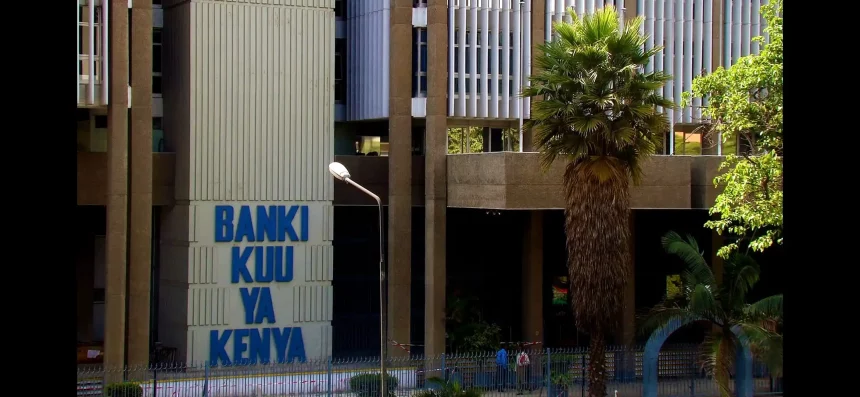The benchmark lending rate for banks is now at a seven-year high after it hit peaks last seen in 2016, setting up consumers for another season of costly loans.
The spikes have been driven by recent monetary policy measures that have led to reduced liquidity in the banking sector.
The costlier rates have also been blamed on recent policy measures such as approvals of risk-based loan pricing combined with competition for cash among players.
Demand for credit by the private sector and increased government involvement in the domestic credit market have led to key rates hitting historic highs.
The Central Bank of Kenya (CBK) has been raising the base lending rate to combat inflation that had stayed above the 7.5 percent target for 13 consecutive months.
The rate that now stands at 10.5 percent has been increased twice this year having been at 8.25 percent at the beginning of the year.
Key players in the credit market are now paying a premium to access cash. Data from the banking sector regulator indicates that the private sector was paying an average of 13.2 percent annually in May.
However, the rate has gone up, with banks that have received approvals for risk-based pricing lending at over 20 percent in a move that will likely starve businesses of cash in an economy that is already struggling with depressed purchasing power.
The soaring cost of loans is being aggravated by the government’s ambitious bid to raise Sh598.3 billion from domestic borrowing to fund this year’s budget.
Government securities, which are lucrative to banks because of their low risk, have seen their returns soar with the 1-year bill now having a return of 13.1 percent, the highest since February 2016.
Longer-term securities, which appeal to both banks and pension funds, are now offering a return of 17 percent, a clear indication that the government is going all out to meet it borrowing targets in a space of falling liquidity.
The preference to lend to the government over the private sector is playing out, with private sector credit growth flat at 13.2 percent as at May.
In the interbank market, lenders paid as high 17.3 percent for one-day loans, pointing to a stretched overnight market.
Further analysis reveals that in 11 days, banks borrowed Sh9.5 billion from the CBK, also known as the lender of last resort, to meet their capital shortfalls.



